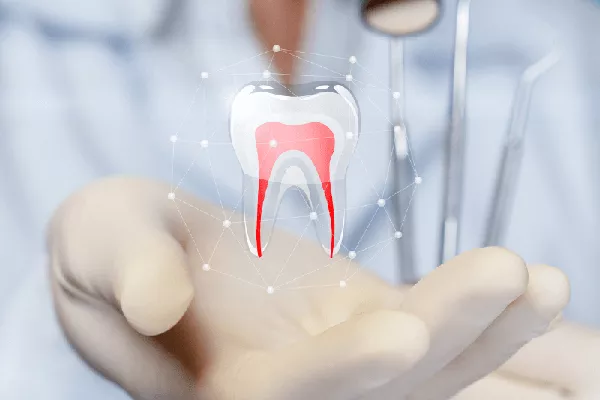Periodontal disease, also known as gum disease, is a common condition that affects millions of people around the world. It is caused by bacteria in the mouth that form plaque and tartar on the teeth, leading to inflammation and damage to the gums and bones that support the teeth. If left untreated, it can eventually result in tooth loss.
I was diagnosed with periodontal disease a few years ago, and I was determined to find a way to overcome it. After extensive research and trial-and-error, I was able to cure my periodontal disease and restore my oral health. In this article, I will share my personal journey and the steps I took to successfully overcome this condition.
Step 1: Improve Oral Hygiene
The first and most important step in curing periodontal disease is to improve oral hygiene. This includes brushing your teeth twice a day with a fluoride toothpaste, flossing at least once a day, and using an antibacterial mouthwash. Here are some additional tips:
- Use a soft-bristled toothbrush and replace it every three to four months.
- Brush your teeth gently and thoroughly, using circular motions.
- Be sure to brush your tongue, as bacteria can accumulate there as well.
- Use dental floss or interdental brushes to clean between teeth and under the gum line.
- Choose a mouthwash that contains chlorhexidine or essential oils, which can help kill bacteria and reduce inflammation.
Step 2: Adjust Your Diet
Diet plays a crucial role in oral health. To cure periodontal disease, it is important to avoid sugary and acidic foods and drinks, which can promote the growth of bacteria in the mouth. Instead, focus on a healthy, balanced diet that includes plenty of fruits and vegetables, lean protein, and whole grains. Here are some specific tips:
- Avoid sugary drinks, such as soda and fruit juice.
- Drink plenty of water to help flush out bacteria and toxins.
- Eat crunchy fruits and vegetables, such as apples and carrots, which can help clean teeth and massage gums.
- Incorporate foods rich in vitamin C, such as oranges and strawberries, which can help boost the immune system and promote healing.
Step 3: Visit Your Dentist Regularly
Regular dental checkups and cleanings are essential for maintaining good oral health and preventing periodontal disease. Your dentist can detect early signs of gum disease and provide treatment before it becomes more serious. Here are some tips for making the most of your dental visits:
- Schedule a dental cleaning every six months.
- Ask your dentist to check for signs of periodontal disease, such as bleeding gums or pockets around the teeth.
- If you have dental anxiety, talk to your dentist about ways to make your visit more comfortable, such as sedation dentistry.
Step 4: Consider Additional Treatments
In some cases, additional treatments may be necessary to cure periodontal disease. Here are some options to discuss with your dentist:
- Scaling and root planing: This deep cleaning procedure removes plaque and tartar from below the gum line and smooths the roots of the teeth to prevent bacteria from accumulating.
- Antibiotics: Your dentist may prescribe antibiotics to help kill bacteria and reduce inflammation.
- Surgery: In severe cases, surgery may be necessary to remove damaged tissue and promote healing.
Conclusion:
Curing periodontal disease requires a comprehensive approach that includes improving oral hygiene, adjusting your diet, visiting your dentist regularly, and considering additional treatments if necessary. With dedication and persistence, it is possible to overcome this condition and restore your oral health. By following these steps, I was able to successfully cure my periodontal disease and prevent further damage to my teeth and gums.
Related Topics:































